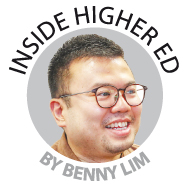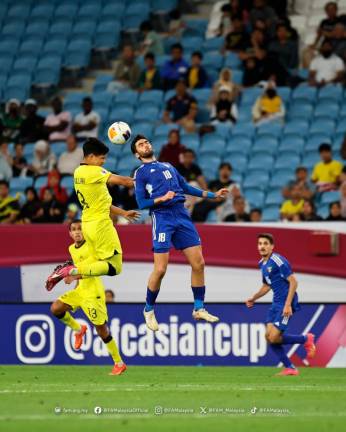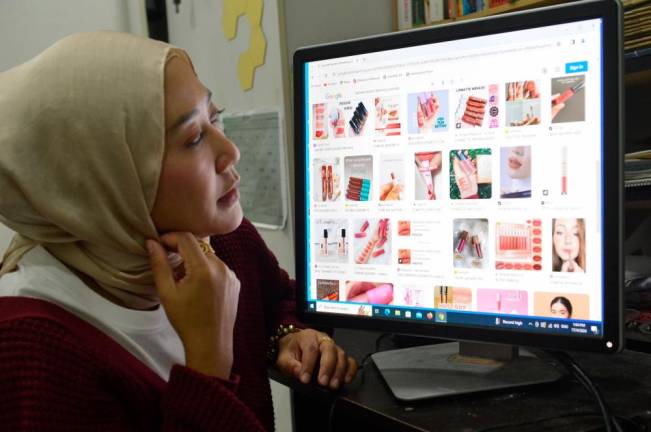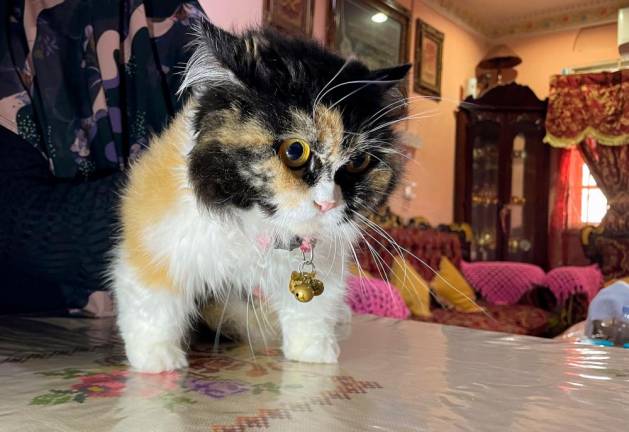PRIME Minister Tan Sri Muhyiddin Yassin announced on Labour Day that a conditional movement control order (CMCO) would be enforced from May 4. While the CMCO allows many economic and social activities to resume, measures such as safe social distancing and crowd limits for mass gatherings continue to be in force.
In view of the restrictions, the Department of Higher Education (JPT) has also reiterated in a circular (May 3) that institutions of higher learning (IHLs) are not given permission to resume face-to-face teaching.
In fact, an earlier circular by the department (April 27) indicated that institutions should brace for online learning for students as a new norm, moving forward.
Since the implementation of the MCO, IHLs have adapted to online teaching within a short time with minimal training. In the initial days of the control order, real-time online teaching was discouraged as there were concerns over students’ access to internet connection.
As a result, some IHLs focused more on asynchronous modes of online teaching, whereby faculty members uploaded pre-recorded lectures for students’ easy access, and/or provided learning materials with the help of different existing communication technologies. Still, students would feel disengaged if their learning experience is completely asynchronised.
With the aid of digital tools, such as Zoom and Google Meet, faculty members could eventually proceed with real-time teaching, which in a way, mirrors physical face-to-face lectures.
As stipulated by Malaysian Qualifications Agency, Outcome-based Education (OBE) is adopted and implemented by IHLs in Malaysia. Over the years, institutions have devoted substantial resources in the enhancement of teaching and learning methodologies within the broad scope of OBE.
If online teaching is indeed going to be the new norm, the mere mimicking of physical face-to-face lectures using digital technologies online is certainly not an advancement, but rather, a regression.
It’s time to revisit and, at the same time, rethink online didactic methods.
The idea of the flipped classroom could be altered to fit with remote learning. Primarily, no lectures are conducted during a real-time online class. Rather, lectures are uploaded online beforehand, and students are expected to review the lectures, as well as participate in online discussion forums.
During the actual synchronous online class, students with weaker understanding of the uploaded materials would be given additional pointers to better grasp the concepts. On the other hand, those with better comprehension may be further challenged to apply, or even concatenate the concepts with theories from other disciplines.
Besides uploading pre-recorded lessons, lecturers can also collate notes and videos from other sources in public domains, such as YouTube, to enhance students’ learning.
In recent months, there has been a significant increase in free webinars globally. These online seminars are a good source of knowledge transfer for students and could be incorporated into the flipped classroom.
Problem-based Learning, or PBL, is another option. It requires students to be self-directed learners, which corresponds with the online learning environment. Students are given relevant problems to solve, either individually or in small groups.
The PBL process begins with students conducting online research to brainstorm the problems. Thereafter, lecturers make use of specific digital tools to offer one-to-one or small group consultations with students. To conclude the PBL process, students (and lecturers) present their outcomes or “solutions online via creative means.
With adequate planning, PBL can also be designed as mission-based assignments. Gamification techniques, such as the award of achievement badges, can also be incorporated into the learning process.
PBL is also suitable for practical classes. Lecturers can task students to tackle problems through home-based activities with readily available resources. As a conclusion of the lesson, lecturers could present possible solutions via pre-recorded or live demonstrations.
IHLs should also be more sensitive to their students’ needs in these trying times. The Covid-19 pandemic has brought about a global recession, alongside a hike in unemployment rates everywhere. Students in higher education are naturally concerned about their employment prospects.
Lecturers should consider regular online consultations to allow students to share their fears and concerns. The alumni community of the respective IHLs could also chip in by taking on roles as mentors to graduating students.
Both lecturers and mentors should walk alongside students in identifying trends and gaps in the post-Coivid-19 road to recovery within the industry, so as to build resilience in students to cope with the imminent challenges.
Despite the current situation, IHLs should persist with organising fun educational activities for students, such as virtual arts and film festivals or singalong sessions. Beside achieving students’ whole-person education, these activities also build solidarity among the students.
If remote learning is here to stay, besides supporting students, attention should also be given to faculty members, who might also face challenges such as online connectivity or cultural lag. At the end of the day, creating a conducive learning environment for students requires the full collaboration of multiple relevant stakeholders.
Associate Professor Dr Benny Lim is the Dean of Faculty of Liberal Arts, and the Acting Dean of Faculty of Hospitality and Tourism, Berjaya University College. The views expressed in this article are his own and do not represent the university he is associated with.













